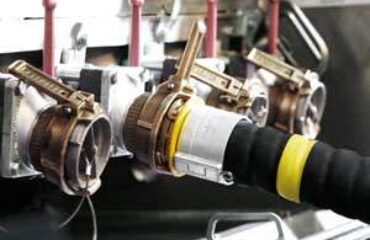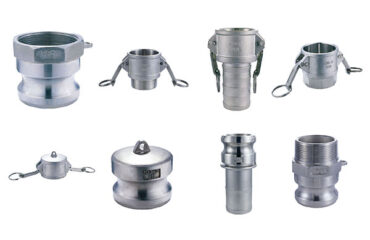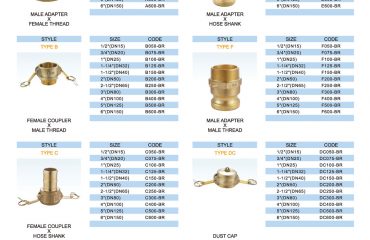Camlock fittings, also known as cam and groove couplings, are widely used in the industrial and construction sectors. Let’s delve into their manufacturing process to understand how they work:
Components of Camlock Fittings:
Camlock fittings consist of two main parts: the cam and the lock.
The cam is a rotating piece, while the lock ensures a tight seal around it, allowing fluid movement without leakage.
Materials Selection:
The first step in manufacturing camlock fittings is selecting the right materials.
The cam is typically made from a metal or plastic alloy, while the lock is commonly crafted from brass or steel.
Fabrication:
Welders use an arc welder to create a joint between the cam and lock pieces.
For larger joints, they employ a MIG welder.
Once welded together, they use a pin punch to form holes in each piece that align perfectly with each other.
Assembly:
The individual components (cam and lock) are assembled to create the final camlock coupling.
The resulting fitting can connect fluids in various ways.
Benefits of Camlock Fittings:
Corrosion Resistance: Camlock fittings are resistant to corrosion.
Ease of Use: They are user-friendly.
High Pressure and Temperature Tolerance: Camlocks can withstand both high pressure and elevated temperatures.
Conclusion:
Camlock fittings play a critical role in hydraulic systems.
Understanding their manufacturing process helps you choose the right fitting for your application.
Remember that camlock fittings are essential for fluid transfer, and their reliable design ensures efficient performance in various industries1. If you need camlock fittings, consider professional manufacturers like Union Metal, which offer competitive prices and timely customer service1.



